A model based on human stem cell–derived neurons is allowing researchers to understand opioid-induced respiratory failure to improve overdose treatment.
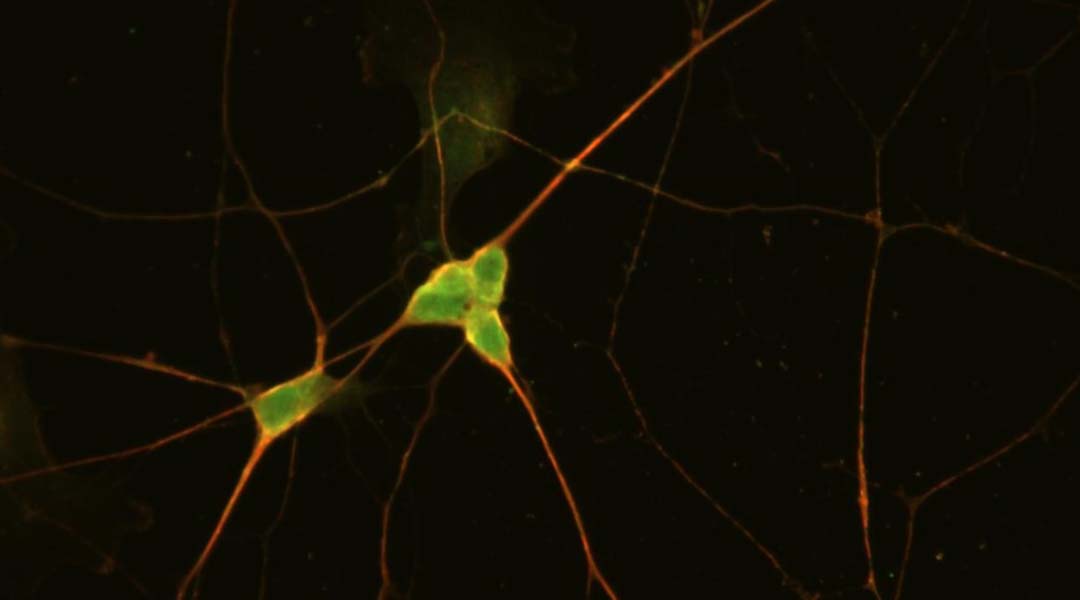

A model based on human stem cell–derived neurons is allowing researchers to understand opioid-induced respiratory failure to improve overdose treatment.
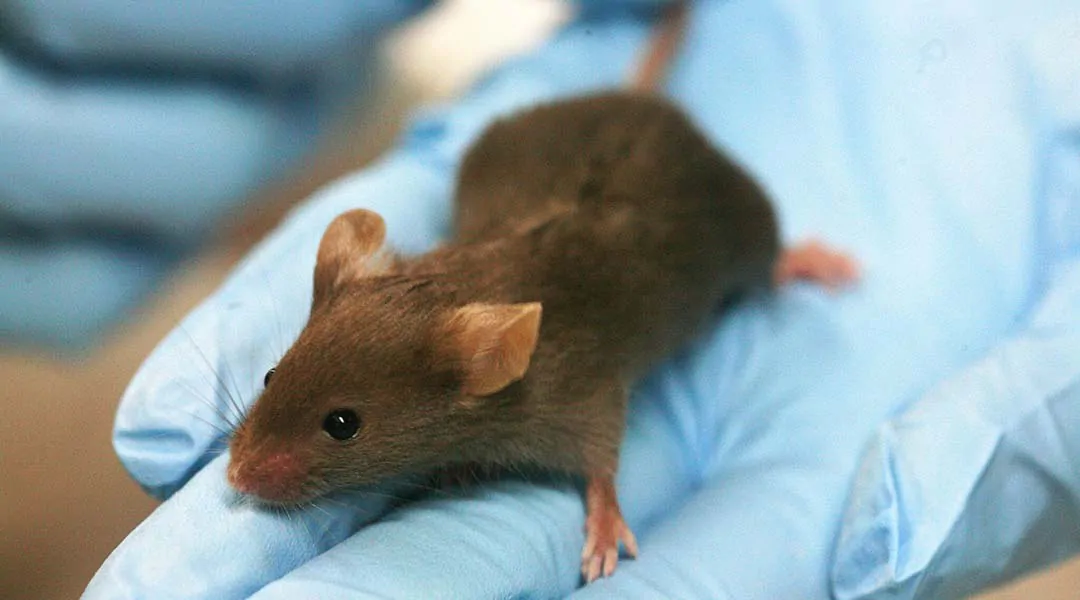
Scientists investigate the impact of hormone therapy on the fertility of trans individuals, shedding light on unknown aspects of reproductive health.
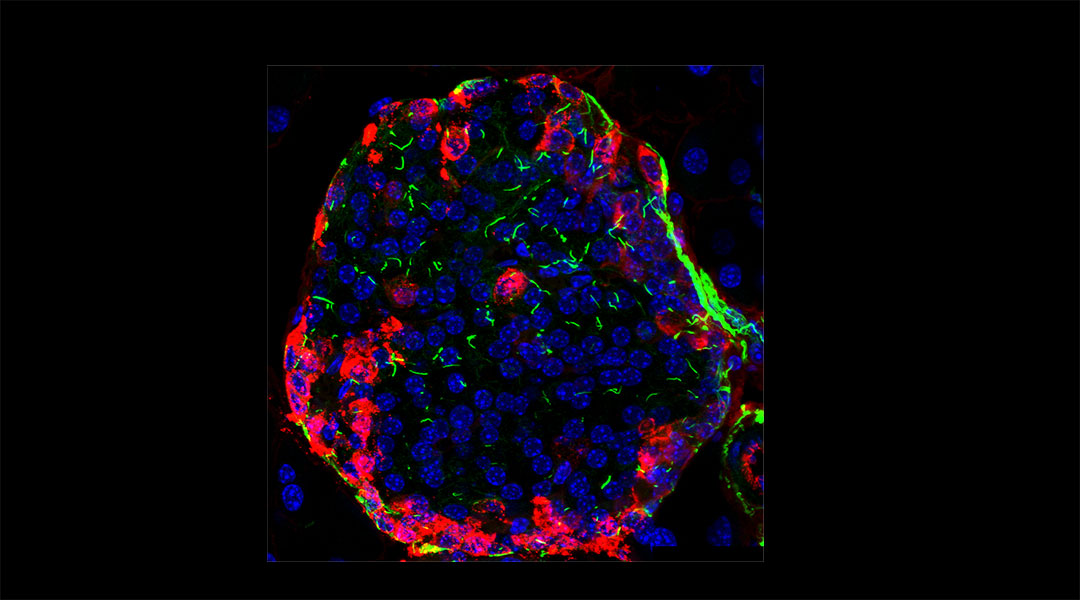
Scientists have linked cilia found on cell surfaces with mechanisms for aging, and they’re hoping to help people live longer healthier lives.
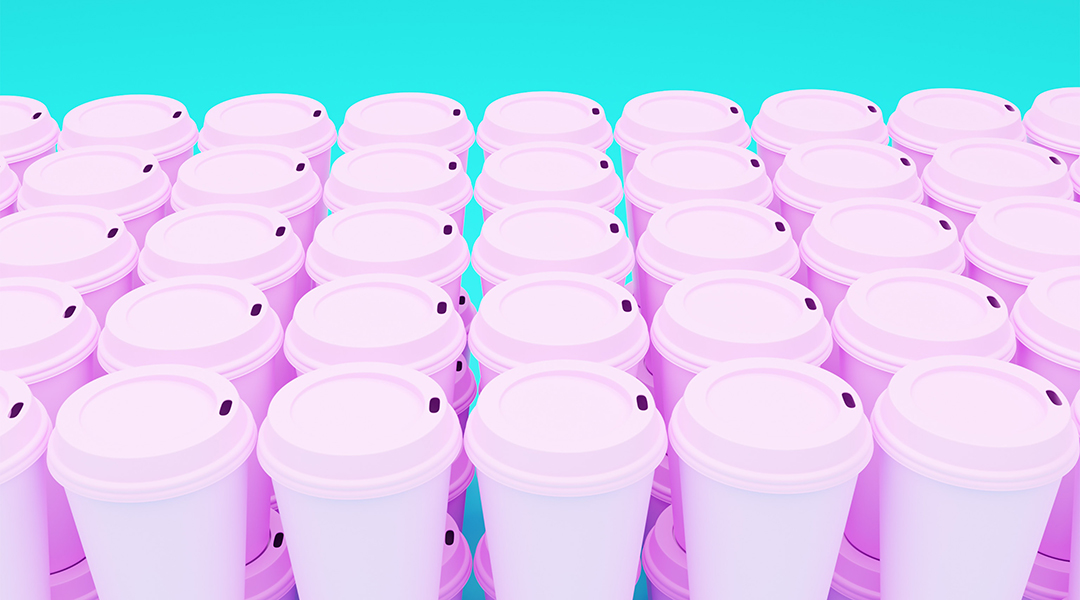
Using mouse embryos, scientists explore the impact of high exposure to a common plasticizer on male fertility, but caution: the dose makes the poison.

Study finds air pollution, specifically ozone exposure, has a disruptive affect on the genes responsible for circadian rhythms in the lungs.
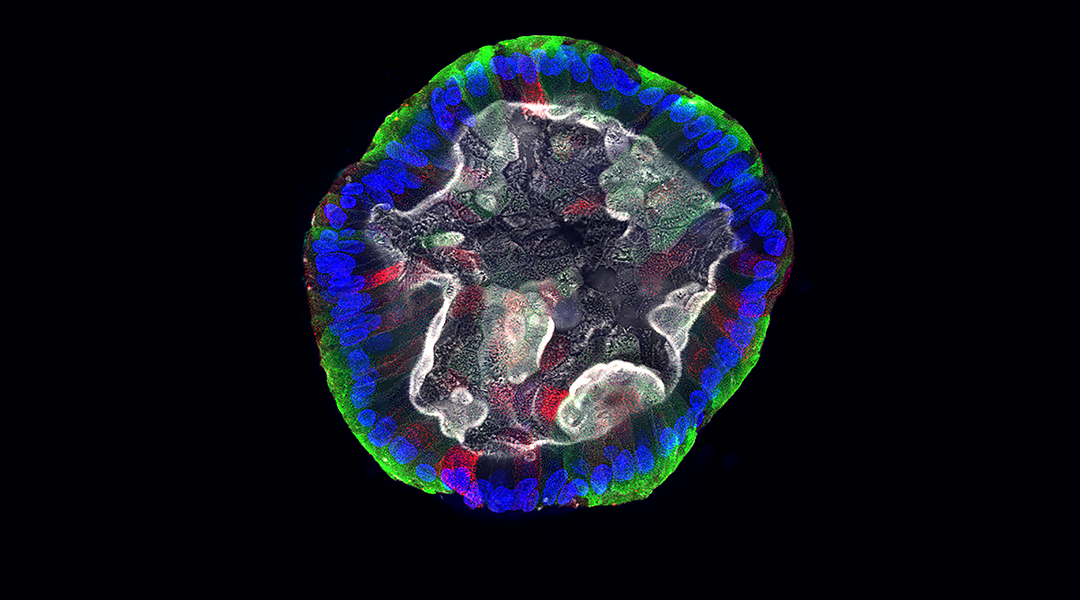
Addressing the lack of diversity in drug testing, scientists are using organoids from voluntary donors to enhance equity and inclusion.
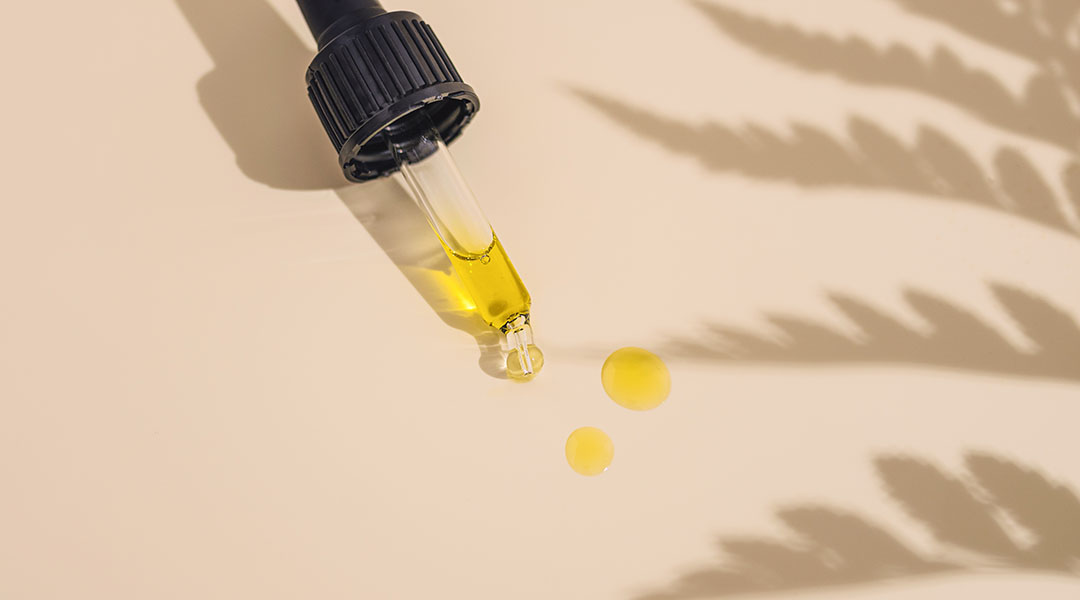
To understand CBD’s impact and the risks associated with consumption, researchers explore how a fellow brain cell prevents toxicity in neurons.
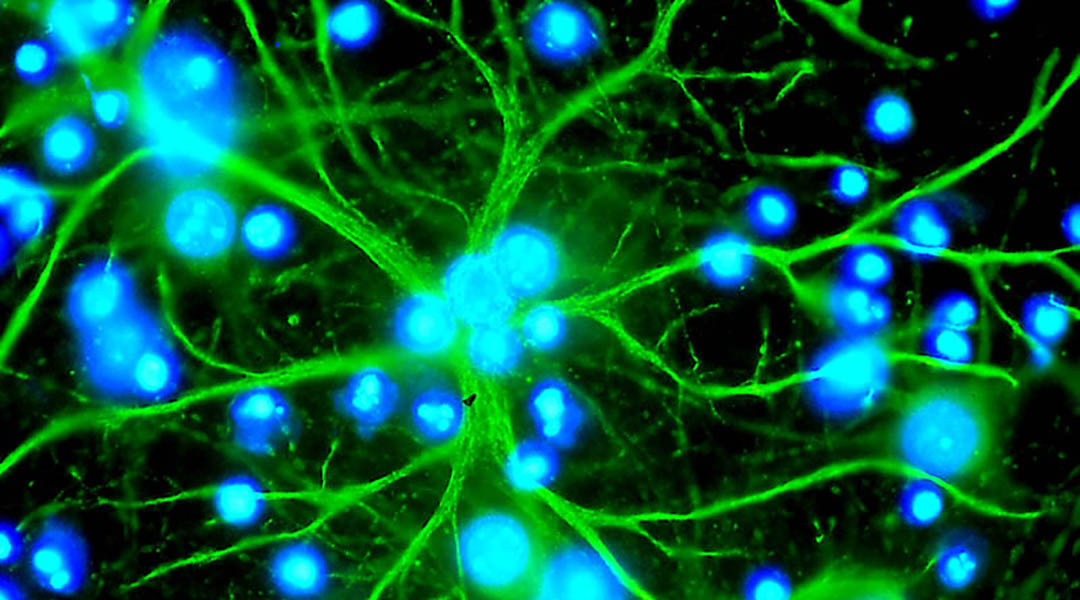
A group of brain cells called astrocytes might be involved in how information is conveyed within the brain’s neural networks.
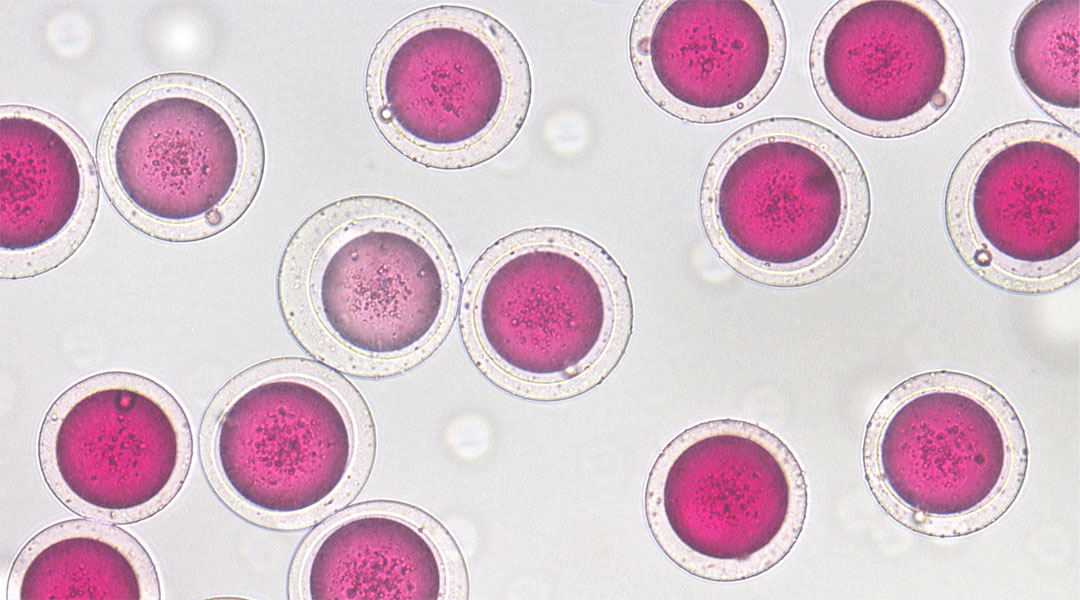
Check out atomic glimpses of graphene ribbons, double bubble microspheres, and a solar evaporator made from bone.
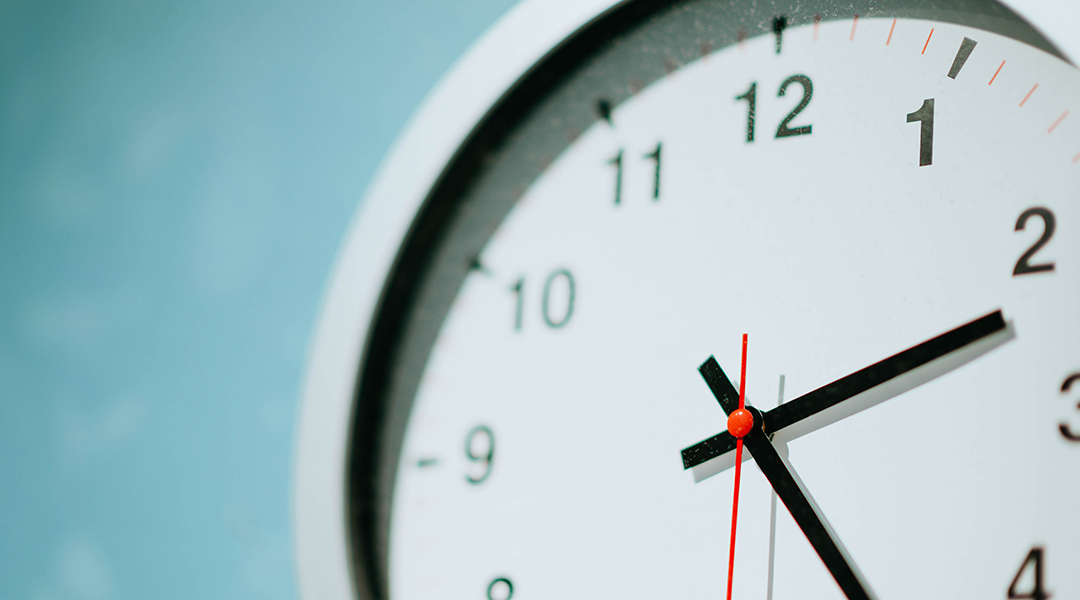
The growing field of circadian biology is advancing our understanding of rhythms and represents a model of balance to help inform medicine.